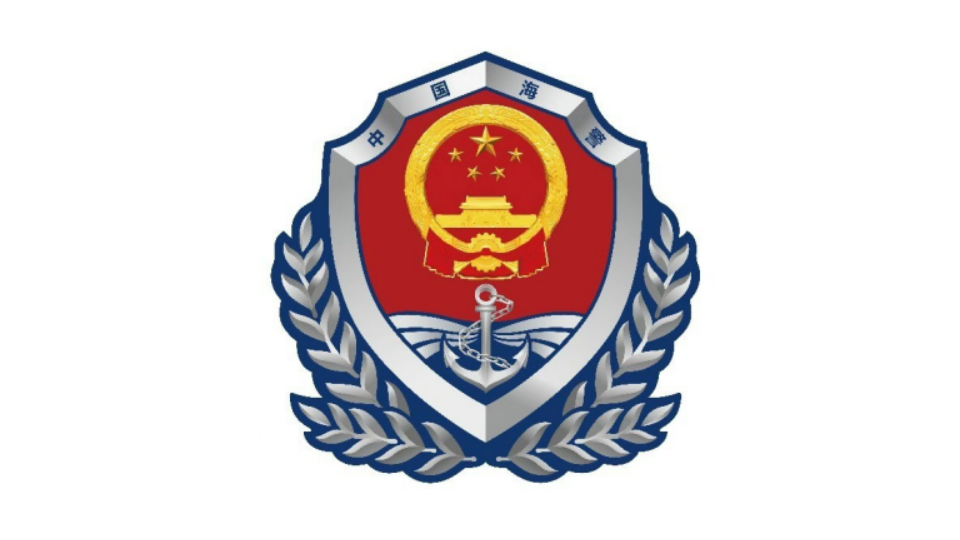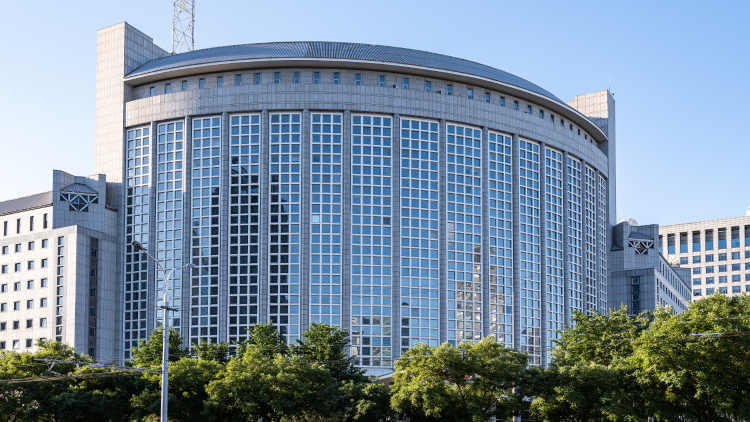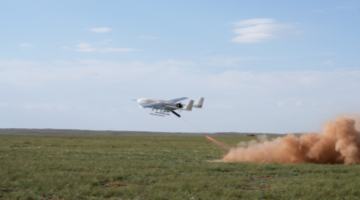By Zi Ge
Recently, according to Japan's Kyodo News, Japanese Defense Minister Gen Nakatani revealed that Japan will invest 1.94 trillion yen (approximately $13.7 billion) to build two "Aegis system-equipped ships" as a replacement for the previously abandoned Aegis Ashore missile defense project. This project has become Japan's single-weapon development project with the largest expenditure in recent years.
According to the report, due to protests from residents at the proposed deployment sites, the Japanese government scrapped the Aegis Ashore missile defense system in 2020. Instead, they chose large sea-based launch platforms and ordered two Aegis system-equipped ships, which are essentially new-type destroyers. In July 2024, Japan's Ministry of Defense released updated design images of the new destroyers in its 2024 Defense White Paper, confirming that Mitsubishi Heavy Industries and Japan Marine United will build the two ships, and the two ships will be delivered in 2028 and 2029 respectively.
At the International Defence Exhibition and Conference (IDEX) held in Abu Dhabi in March this year, US defense contractor Lockheed Martin, who is the supplier of the new destroyers' radar systems, showcased the ship's latest models and specifications. The new destroyer is 190 meters long and 25 meters wide. It has a standard displacement of 12,000 tons and a full-load displacement exceeding 14,000 tons. This far surpasses Japan Maritime Self-Defense Force's (JMSDF) current largest Maya-class destroyers, as well as similar warships from other countries. As a result, Japanese media touted it as the world's largest destroyer.
In terms of performance, the new destroyer will be equipped with the AN/SPY-7 active phased array radar, originally designed for land-based missile defense system. Theoretically, this radar can deal with both ballistic missiles and hypersonic weapons.
In terms of weapons systems, the destroyer will be fitted with 128 vertical launch system (VLS) cells, capable of firing SM-3 Block IIA interceptors, SM-6 air-defense missiles, and compatible with Tomahawk cruise missiles and Japan's upgraded Type 12 anti-ship missiles. It has long-range strike capabilities against land and sea targets.
Although Japan has high hopes for the new destroyer, it is hard to conceal the many issues.
First, the core AN/SPY-7 radar is extremely large, resulting in an oversized hull and reduced maneuverability, making it less suitable for high-intensity naval combat environments.
Second, the ship's key components and technologies are heavily dependent on the US. Its radar systems, VLS cells, and munitions are all sourced from the US, which means Japan's operational capability and future upgrades are controlled by the US.
Analysts believe that Japan's substantial investment in these new destroyers reflects an ambition that should not be underestimated.
The new destroyer is designed to intercept ballistic missiles and can be deployed in the waters near Japan and key waterways for a long time, with long-range strike capabilities. With the expected retrofitting of the Izumo-class helicopter destroyer, the new destroyers may form a blue-water fleet with it for extended overseas operations. This seriously violates the "exclusively defense-oriented policy" of Japan's peace constitution, marking a dangerous step in Japan's path toward military expansion.
In addition, the AN/SPY-7 radar system is deeply integrated with the US military's Cooperative Engagement Capability (CEC) network, enabling real-time data sharing with US early warning systems. Japan aims to turn these ships into maritime outposts within the US missile defense network in the Asia-Pacific region, further embedding itself into the US military's combat system to enhance its strategic value and seek advanced military technology support.
Japan's action is an offensive military buildup under the guise of defense. It aims to achieve a breakthrough in military capabilities. This move undoubtedly poses new risks and challenges to regional security and stability, warranting close international attention and vigilance.













